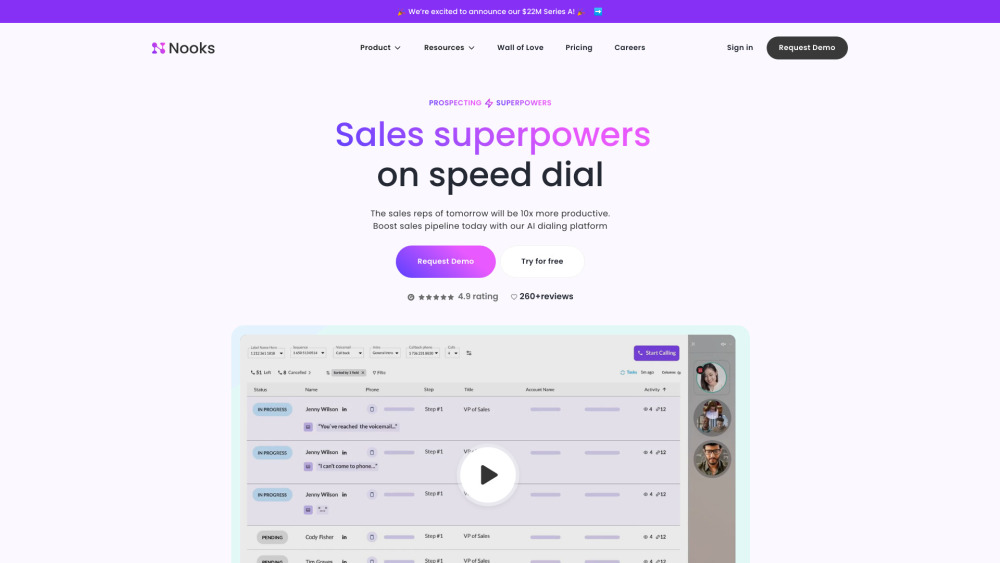For the past several years, Amazon's Delivering the Future event has highlighted the transformative technologies driving its operations. The 2023 event in Seattle spotlighted advancements in the company’s pharmacy services and drone delivery systems. This year’s gathering in Nashville focused on artificial intelligence enhancements to the shopping experience and the application of computer vision to streamline package delivery times. Although the two-day event did not introduce any new robotics systems, it provided valuable insights into how Amazon is enhancing its existing technology.
Shortly after the event, Amazon Robotics Chief Technologist Tye Brady engaged in a conversation that has become a staple of the annual event, allowing us to explore how Amazon's robotics technology has evolved over the past year and what the future may hold.
According to Amazon's internal statistics, the company has deployed over 750,000 robots in its U.S. fulfillment centers—a number the company has maintained since 2023. However, this figure includes only Amazon’s autonomous mobile robots (AMRs), the familiar wheeled systems that have been operational in its warehouses since Amazon's acquisition of Kiva Systems in 2012. Among these are various models, including the autonomous Proteus system introduced at the Re:Mars conference in 2022.
While AMRs make up the vast majority of Amazon's robotic fleet, robotic arms have also found their place on the warehouse floors. This category includes Robin, Cardinal, and Sparrow, all designed for sorting and stacking tasks. The newest addition to Amazon's robotics portfolio is Sequoia, unveiled at the 2023 Delivering the Future event. Named after the towering redwoods of Northern California, the Sequoia system is an automated storage and retrieval system akin to offerings from companies like AutoStore.
The first Sequoia system began operating in a Houston-area fulfillment center in 2023. Recently, Amazon announced that a system five times larger is now central to a significant warehouse expansion in Shreveport, Louisiana, which will cover over 3 million square feet. Instead of building new robotic fulfillment centers from scratch, Amazon opts to retrofit existing warehouses, a strategy that requires the company to navigate around ongoing operations—what Brady refers to as "fixing the airplane while it’s flying."
The Shreveport center, designated as Amazon's first “Gen 12” building, is designed to accommodate ten times the number of robots compared to previous iterations; this specific number has yet to be disclosed. Brady notes that the introduction of these new robots will create 25% more Reliability Maintenance Engineering (RME) roles, leading to enhanced job opportunities in automation.
Once fully operational, the Shreveport fulfillment center, which spans 55 football fields, is expected to employ approximately 2,500 people. Proponents of automation argue that these technologies allow human workers to concentrate on tasks that require uniquely human skills. Brady strongly supports the idea, highlighting that humans excel in areas such as problem-solving, logical reasoning, understanding context, and performing certain physical tasks.
While Agility’s Digit robot generated significant interest during the 2023 event, Amazon did not delve deeply into bipedal robots. The company has been exploring the potential roles of humanoid robots in its fulfillment centers, including a pilot program with Agility announced last year. However, progress has remained static since the pilot’s conclusion.
“We’re still learning,” Brady states about the Agility collaboration, explaining that the process is gradual and characterized by research and development as it seeks to integrate such technology into existing operations. “We begin with the problem we need to solve,” he elaborates. “Starting with technology and asking, ‘How can we implement this?’ can lead to challenges. In our fulfillment centers, we have well-structured concrete floors suitable for wheels, but also deal with stairs and uneven terrains when moving outdoors.”
Brady confirmed that the partnership with Agility continues but provided no further updates to share. More recently, Amazon’s collaboration with UC Berkeley spinoff Covariant has become clearer. In August, Amazon announced it had recruited Covariant’s founders and around 25% of its workforce to enhance the integration of foundational AI models into industrial applications.
Amazon points out that its robot arm, Sparrow, is now capable of handling over 200 million unique product variations. However, exceptions will still require the combined efforts of human workers and advanced AI systems. Covariant specializes in utilizing extensive datasets to refine tasks like product picking and placing, positioning itself as a critical player in Amazon's robotics future.
“We are actively collaborating and tackling significant, applied challenges in machine learning,” Brady remarks on this partnership.




